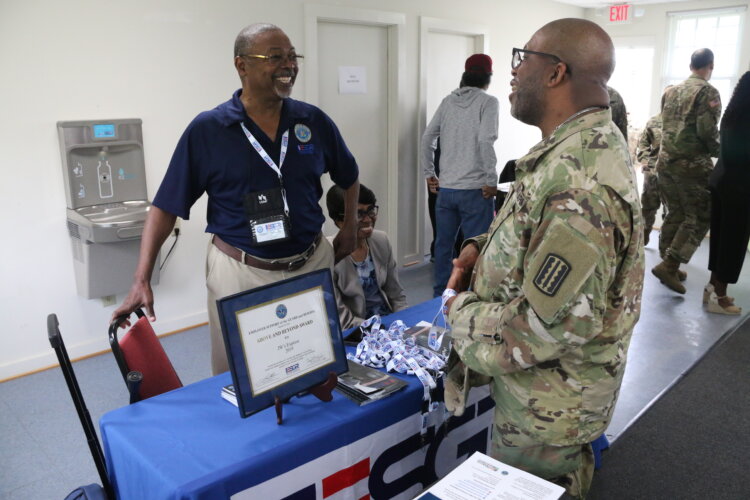For many military members, it’s a no-brainer: serve 20 years and walk away with a lifetime of benefits and a military pension. But things aren’t so simple for traditional guardsmen and reservists retiring with 20 years of service before age 60. Instead of enjoying all the benefits, these former military members find themselves in a special category known as the “Gray Area.”
So-called Gray Area retirees fall under a federal law that prevents them from accessing their military pensions upon retirement. Instead of sitting back right away to enjoy all the benefits of service, they must wait until they turn 60. This can surprise troops who have been counting on that pension to pay their monthly bills or support a retirement lifestyle sooner.
Are you getting ready to retire from the Guard or reserves? Here are some things you need to know about retirement in the Gray Area.
The Gray Area ends at age 60 — unless it ends sooner.
While federal law dictates that Guard and Reserve members who retire at 20 years wait until age 60 to collect retirement pay, some rules lower that age, said Jeffrey Frisby, executive director of the Enlisted Association of the National Guard of the United States. For example, time spent on Title 10 orders can lower the age to as low as 50, according to the Defense Finance and Accounting Service. Service members should check with their branch to determine their actual full retirement age.
Your retirement pay won’t magically appear when your Gray Area ends.
Like most things in life, retirement pay for Gray Area retirees doesn’t just magically happen, Frisby said. How the pay is processed after age 60 depends on the Reserve branch and individual state Guard offices. Typically, the service member must file a request to start the process. Guard and Reserve members reaching the end of their Gray Area should be proactive about getting their pay started.
Gray Area TRICARE is really expensive.
Guardsmen and reservists who use TRICARE Reserve Select are accustomed to affordable health care fees. But eligibility for TRICARE Reserve Select ends at retirement. TRICARE Retired Reserve, available to Gray Area retirees, is much more expensive and can cost more than $1,000 a month in enrollment fees for a family, Frisby warned. Gray Area retirees will likely want to look elsewhere for health coverage.
The Gray Area does have some benefits.
While waiting for their pensions to kick in, Gray Area retirees aren’t completely without military benefits, Frisby said. These retirees still have a military ID card, can access the military base, and qualify for commissary, exchange, and MWR privileges. For many, these privileges create noticeable cost savings and allow retirees to stay connected to the military community, he said.
One benefit not included for Gray Area retirees is Space-A flight privileges, he warned. While federal law allows it, the Defense Department does not currently have a policy to support it. This means that unless a Gray Area retiree can access Space-A under a different policy, such as through a “permanent and total” disability rating from the Department of Veterans Affairs, they’ll need to wait for this benefit until they are out of the Gray Area, he said.
Read comments












































